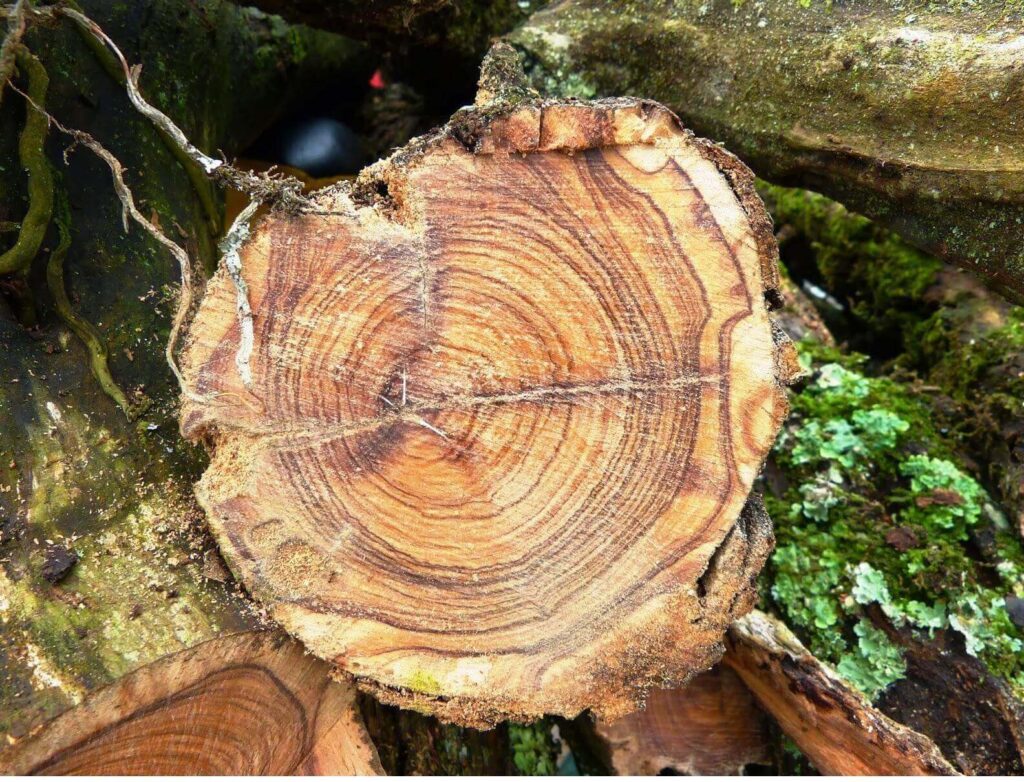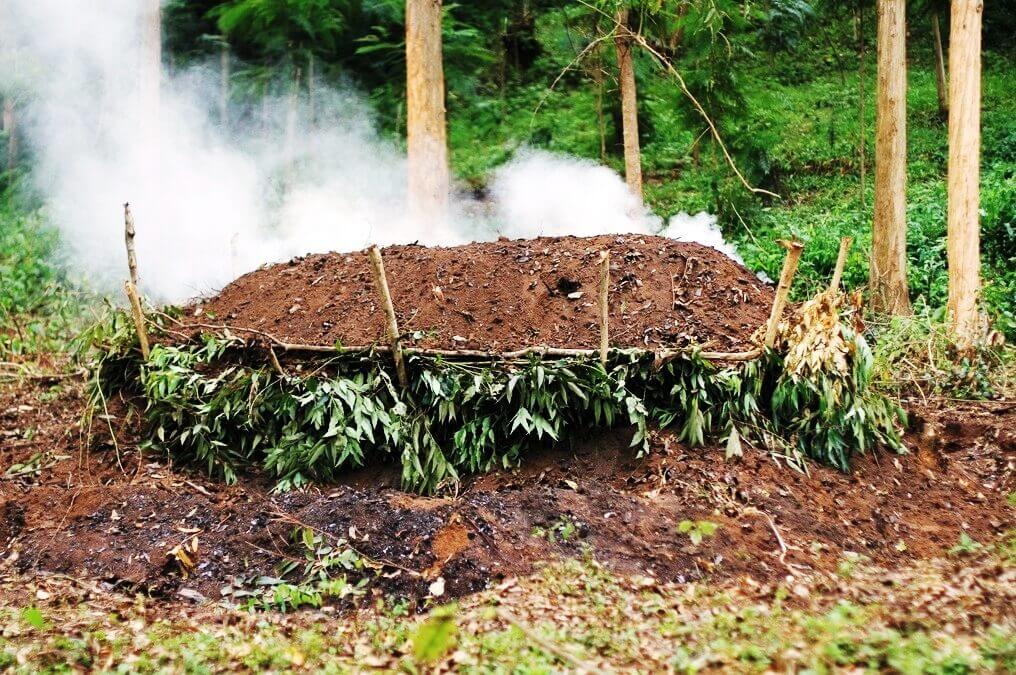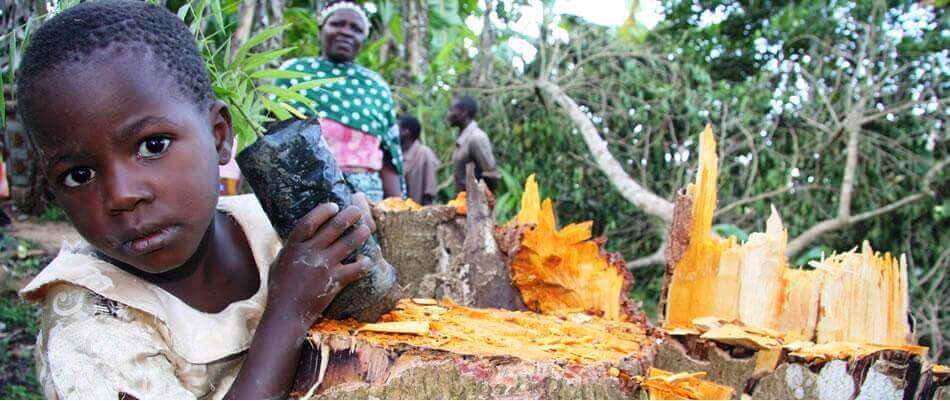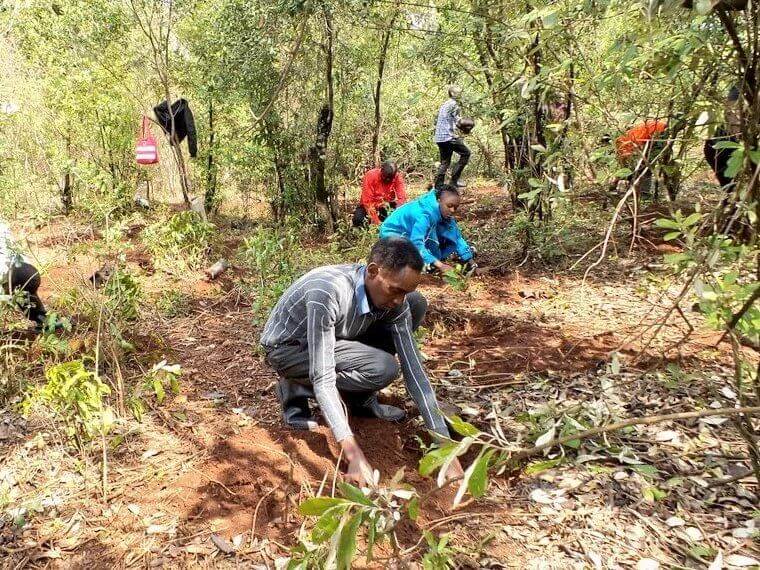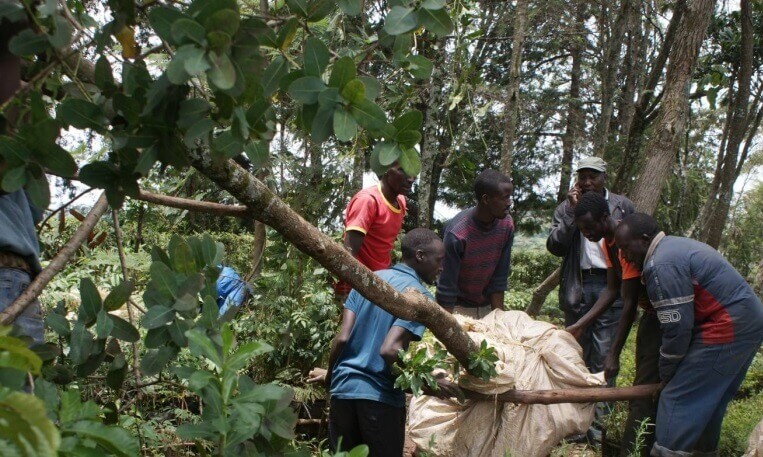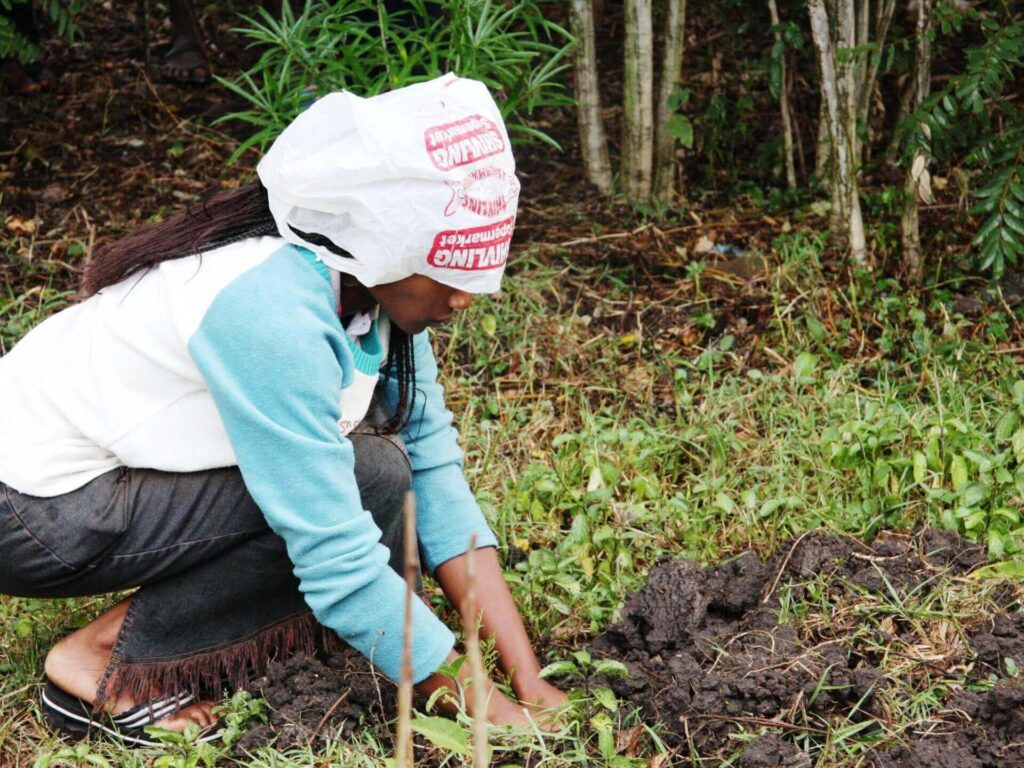Biodiversity Conservation, or BICO, is focused on preserving the environmental richness of Kenya and promoting sustainable development at the community level. It develops different research and community-driven conservation activities, which also cover climate change mitigation and water usage. Their activities include tree planting and maintenance, environmental education and local capacity-building programmes. There is a strong focus on youth and school groups, as a way to foster stewards of the local resources and develop local capacity
One of their key areas of work is in the Mau Forest complex, located in the Rift Valley, western Kenya. This is the largest mountain forest in the country and in all of Eastern Africa, covering nearly 400’000 ha, and the largest water catchment area in the country with a vital role in the water and energy security in and beyond Kenya’s borders. The catchment area provides water to over 10 million Kenyans and acts as a natural “water tower” that guarantees water during the dry months for many urban centers in Kenya. Since 85% of the population in Kenya is engaged in agricultural farming, water supply is also crucial for rural livelihoods and food security. This watershed forest also feeds 12 important rivers, including the Mara river that crosses the Masai Mara/Serengetti reserves, and supplies five major lakes, including Lake Victoria, the source of the Nile. The health of the forest has a major impact on the tea, (hidro-)energy and tourism sectors. The ecosystem services have been valued at over USD 1.3 billion by the Kenyan government itself, and declared as many times higher than what could be obtained by converting the forest for other uses or by extracting resources.
Despite all this, this huge ecological and economic value has been seriously affected in the last 3 decades, as nearly 25% of the Mau Forest complex has been destroyed or seriously degraded. This is due to increased human encroachment, illegal occupation and extensive deforestation for plantations, charcoal production, timber extraction and the expansion of agricultural and livestock activities. The negative effects on water availability, energy generation and food production, are already visible across the country, increasing the vulnerability to food shortages and climate change hazards.
To help reverse the situation, BICO has been focused on engaging with local communities and schools through education and capacity-building, involving them directly in the project so as to create a sense of ownership and sustainability. These actions are focused on soil conservation, protection of water sources and enhancement of biodiversity through the protection and management of existing indigenous flora and fauna. Over 10’000 community members and 3’500 children have been involved in BICO’s activities so far. Their approach includes:
- Education actions to increase awareness about consequences of environmental degradation and climate change, the importance of biodiversity conservation and forest restoration.
- Capacity-building, focused on the protection and participatory conservation and management of planted trees, together with agroforestry initiatives to improve farm practices.
- Actively restoring forest cover in and around the Mau Forest by supplying seedlings of native tree to communities, for their farms and lands, and to schools, conducting planting actions with the students. Nearly 20’000 seedlings, bought from local suppliers, have been provided. The development of a project nursery for a better supply of seedlings is also planned.

